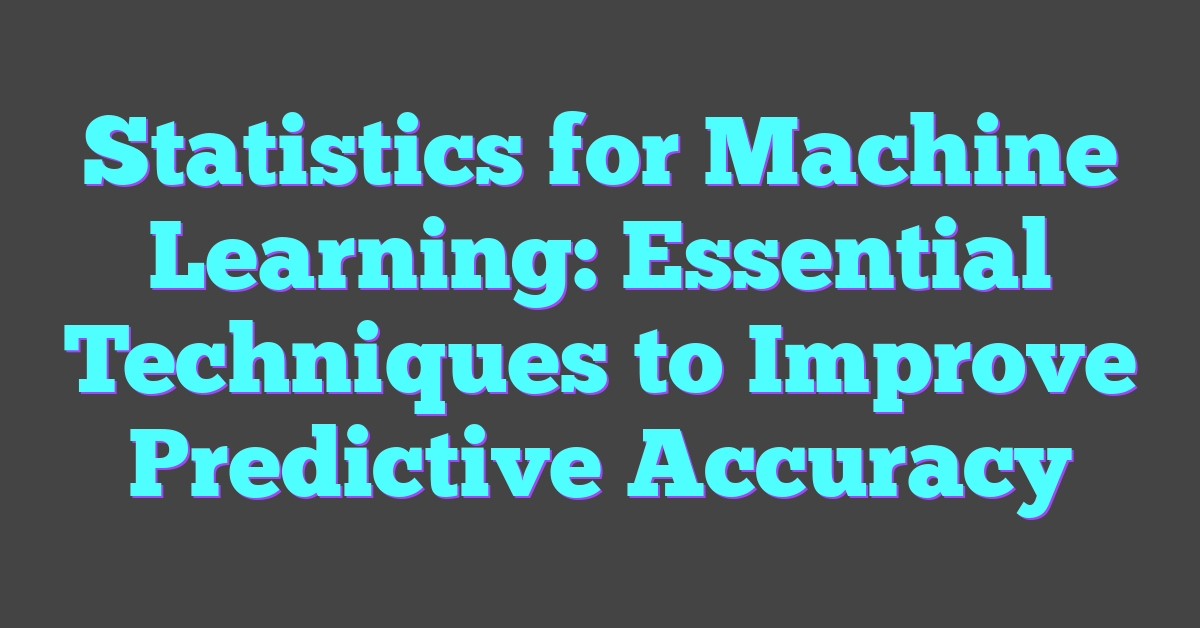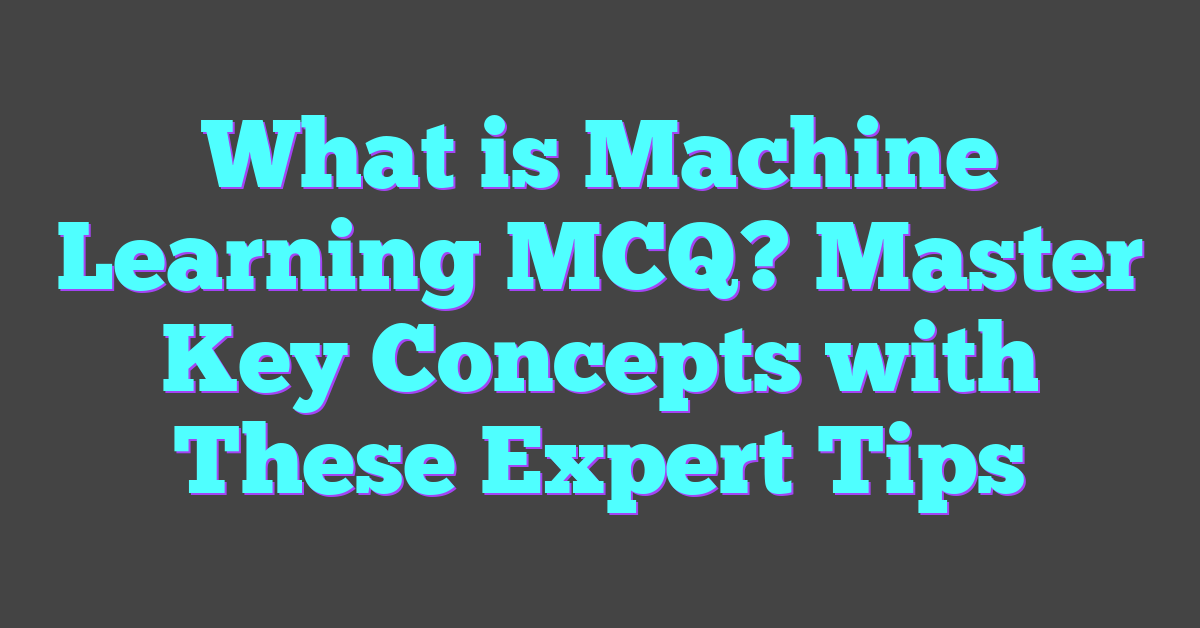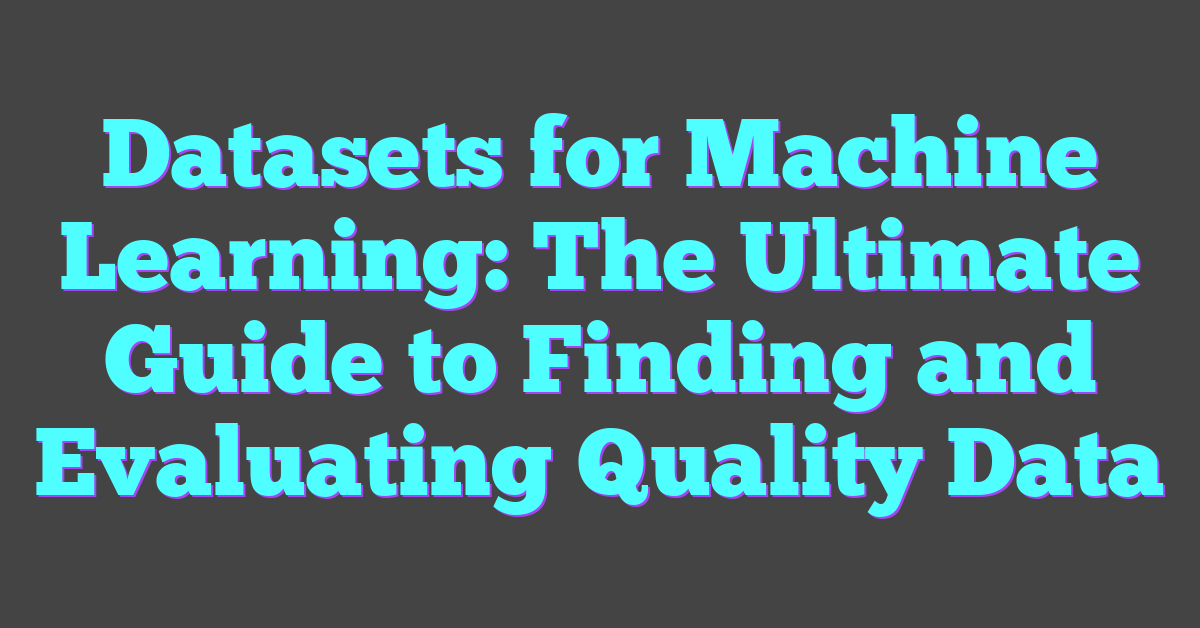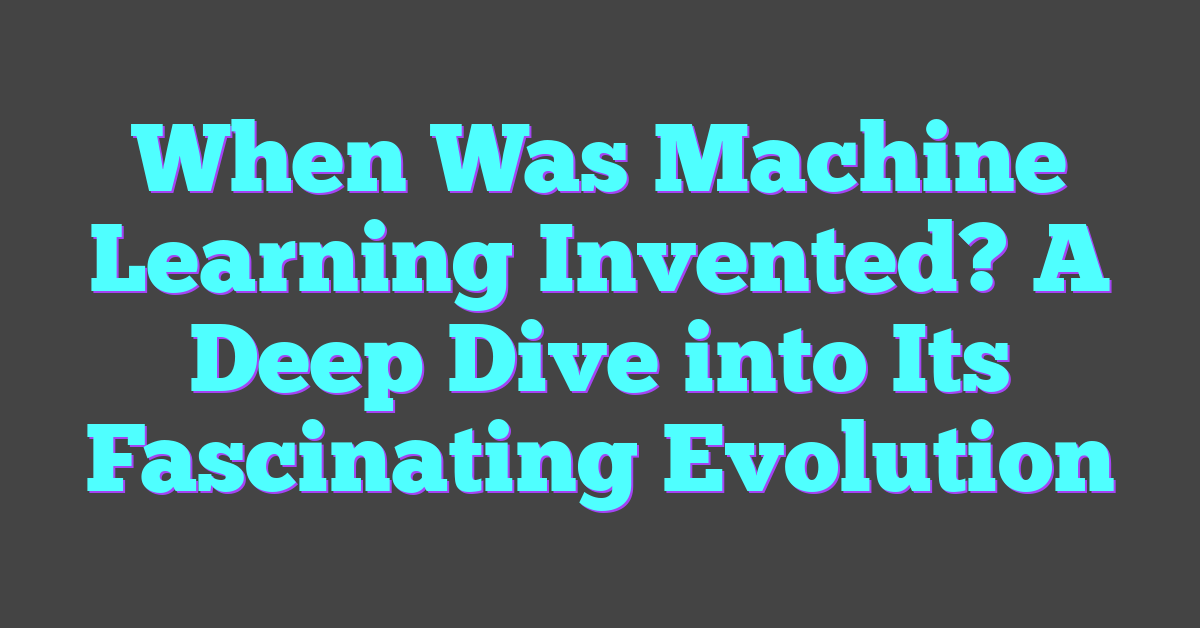Key Takeaways
- AI Enhances Creativity: Artificial intelligence expands creative possibilities in art, music, filmmaking, and design by generating unique content and enabling new techniques.
- Streamlined Production: AI automates repetitive tasks, increasing productivity and reducing production time and costs across various creative sectors.
- Innovative Collaboration: The integration of AI fosters collaboration between human imagination and machine precision, driving innovation and pushing artistic boundaries.
- Ethical Considerations: Challenges such as intellectual property, bias, job displacement, and data privacy must be addressed to ensure responsible AI use in creative industries.
- Future Prospects: Advancements in AI promise deeper personalization, sustainable practices, and enhanced human-machine partnerships, shaping the future of creativity.
As technology evolves, artificial intelligence is reshaping the creative landscape in ways we’ve only imagined before. From music and art to filmmaking and design, AI tools are becoming indispensable collaborators for creators worldwide.
This fusion of human imagination and machine precision opens up new possibilities, pushing the boundaries of what’s achievable. Artists and innovators are leveraging AI to explore uncharted territories, sparking creativity and transforming industries.
The future holds exciting prospects as AI continues to integrate into creative processes, fostering a new era of innovation and expression. Embracing these advancements will not only enhance artistic endeavors but also redefine the very essence of creativity.

Overview of AI in Creative Industries
Artificial intelligence transforms creative industries by enhancing productivity and enabling innovative processes. In art, AI generates unique visual pieces, allowing artists to explore new styles and techniques. For instance, algorithms create paintings that blend classical and modern aesthetics, expanding artistic boundaries.
In music, AI composes original melodies and assists in sound engineering, providing musicians with new tools for experimentation. Tools like Amper Music and AIVA generate customized tracks, facilitating diverse musical creations.
Filmmaking leverages AI for scriptwriting, editing, and special effects. Software like ScriptBook analyzes story elements to predict audience reception, while AI-driven editing tools streamline post-production workflows, reducing time and costs.
Design benefits from AI through generative design and personalized user experiences. Platforms such as Adobe Sensei use machine learning to automate repetitive tasks and suggest creative enhancements, enabling designers to focus on innovation and conceptual development.
The integration of AI in creative industries fosters collaboration between human creativity and machine precision, driving advancements and expanding the scope of artistic expression.
Transformative Effects of AI
Artificial intelligence reshapes creative industries by driving innovation and optimizing workflows. Its integration enhances both the artistic process and production efficiency.
Enhancing Creativity and Innovation
AI tools expand creative possibilities by generating unique content and offering new techniques. In visual arts, software like DeepArt creates original styles, enabling artists to experiment beyond traditional methods. Musicians use AI-driven composers such as AIVA to produce original melodies, fostering diverse musical landscapes. Filmmakers leverage script analysis tools like ScriptBook to develop complex narratives, enhancing story depth. Designers utilize generative design platforms like Autodesk to explore unconventional structures, pushing the boundaries of conventional design.
Streamlining Production Processes
AI automates repetitive tasks, increasing productivity and reducing production time. In filmmaking, editing software like Adobe Premiere Pro’s AI features streamlines video cuts and special effects integration. Music production benefits from AI-powered sound engineering tools like LANDR, which automate mastering processes. Graphic designers use platforms like Canva’s AI features to quickly create layouts, minimizing manual adjustments. Additionally, AI-driven project management tools such as Asana optimize workflow coordination, ensuring timely completion of creative projects.
Key Applications of AI
AI transforms various sectors within creative industries, enhancing both the creation and production processes.
AI in Visual Arts
AI revolutionizes visual arts by generating unique artwork and assisting artists in exploring new styles. Tools like DeepArt and DALL-E enable the creation of intricate images based on specific inputs. Artists utilize generative adversarial networks (GANs) to produce original pieces, expanding the boundaries of traditional art forms. Additionally, AI-driven platforms offer features such as style transfer and image enhancement, allowing for greater experimentation and precision in artistic creation.
AI in Music and Film
In music, AI composes original melodies and assists in sound engineering. Platforms like AIVA create complex compositions, while tools like LANDR provide automated mastering services. Musicians leverage these technologies to experiment with new sounds and streamline production workflows.
In film, AI enhances scriptwriting, editing, and special effects. Software such as ScriptBook analyzes narrative structures, improving story complexity and coherence. During post-production, AI-driven tools like Adobe Premiere Pro automate editing tasks and optimize visual effects, reducing production time and costs. These applications enable filmmakers to focus more on creative aspects, fostering innovation in storytelling and visual presentation.
Challenges and Ethical Issues
AI integration in creative industries introduces several challenges and ethical concerns.
Intellectual Property and Copyright
AI-generated content raises questions about ownership. Determining who holds the copyright—the creator of the AI, the user, or the AI itself—remains unresolved. For example, if an AI tool like DALL-E creates an artwork, establishing the rightful owner is complex.
Bias and Fairness
AI systems can perpetuate existing biases present in training data. In design and media, biased algorithms may result in unfair representation or stereotypes. Ensuring diversity in training datasets is essential to mitigate these risks.
Job Displacement
Automation through AI can change job roles within creative sectors. Tasks such as editing, sound engineering, and even scriptwriting may see reduced demand for certain positions. However, new roles focusing on AI oversight and collaboration may emerge.
Ethical Use of AI
The creation of deepfakes and other manipulated media poses ethical dilemmas. Misuse of AI-generated content can lead to misinformation and privacy violations. Establishing guidelines for responsible AI use is crucial to prevent abuse.
Data Privacy
AI tools often require extensive data to function effectively. Protecting the privacy of creators and consumers involved in data collection is vital. Implementing robust data security measures helps safeguard sensitive information.
Accountability and Transparency
Determining accountability for AI-generated content is challenging. Clear frameworks are needed to hold developers and users responsible for the outputs produced by AI systems. Transparency in AI processes fosters trust and accountability.
Preservation of Human Creativity
There is a concern that over-reliance on AI may diminish the human element in creative work. Balancing machine assistance with human creativity ensures that the unique perspectives of artists are maintained.
Regulatory Compliance
Adhering to evolving regulations related to AI use in creative industries is necessary. Compliance ensures that AI applications meet legal and ethical standards, avoiding potential legal ramifications.
Resource Accessibility
Access to advanced AI tools can be limited by cost and technical expertise. Ensuring equitable access allows a diverse range of creators to benefit from AI advancements, promoting inclusivity in creative fields.
Environmental Impact
Training and deploying AI models consume significant energy resources. Developing energy-efficient algorithms and sustainable practices helps reduce the environmental footprint of AI in creative industries.
Summary of Challenges and Ethical Issues
| Challenge | Description |
|---|---|
| Intellectual Property | Unclear ownership of AI-generated content |
| Bias and Fairness | Perpetuation of biases through AI algorithms |
| Job Displacement | Changes in job roles due to AI automation |
| Ethical Use of AI | Risks of deepfakes and misinformation |
| Data Privacy | Protection of sensitive data used by AI tools |
| Accountability | Responsibility for AI-generated outputs |
| Preservation of Creativity | Maintaining human creativity alongside AI assistance |
| Regulatory Compliance | Adhering to laws and guidelines governing AI use |
| Resource Accessibility | Ensuring equitable access to AI tools for all creators |
| Environmental Impact | Reducing the energy consumption and environmental footprint of AI operations |
Future Outlook
AI’s evolution in creative industries accelerates advancements in artistic tools. Machine learning models enhance content generation, enabling higher levels of customization and sophistication. For example, next-generation generative models will produce more nuanced visual art and complex musical compositions, expanding creative boundaries.
Integration of AI across platforms streamlines creative workflows. Designers utilize AI-driven software to automate repetitive tasks, allowing more focus on innovative aspects. Enhanced collaboration between humans and AI fosters unique artistic expressions, as seen with tools like Adobe Sensei and Autodesk’s generative design.
Emerging technologies promise deeper personalization in content creation. AI algorithms analyze user preferences to tailor artworks, music, and media experiences. This shift towards individualized content increases audience engagement and satisfaction, driving the demand for customized creative solutions.
Ethical frameworks evolve to address AI’s expanding role. Standards for intellectual property and copyright adapt to include AI-generated works, ensuring creators’ rights are protected. Transparent AI practices mitigate biases, promoting fair representation in creative outputs. Sustainable AI development reduces environmental impact, aligning technological progress with ecological responsibility.
The future landscape of creative industries benefits from continuous AI innovation. Enhanced tools, streamlined processes, and ethical advancements collectively shape a dynamic environment where human creativity thrives alongside machine intelligence.
Conclusion
AI is set to revolutionize creative industries by blending technology with human imagination. As tools become more sophisticated artists and creators gain new ways to express themselves and push boundaries. Embracing AI opens up exciting possibilities for innovation and collaboration. Balancing technology with ethical considerations will ensure a bright and creative future where both humans and machines thrive together.




